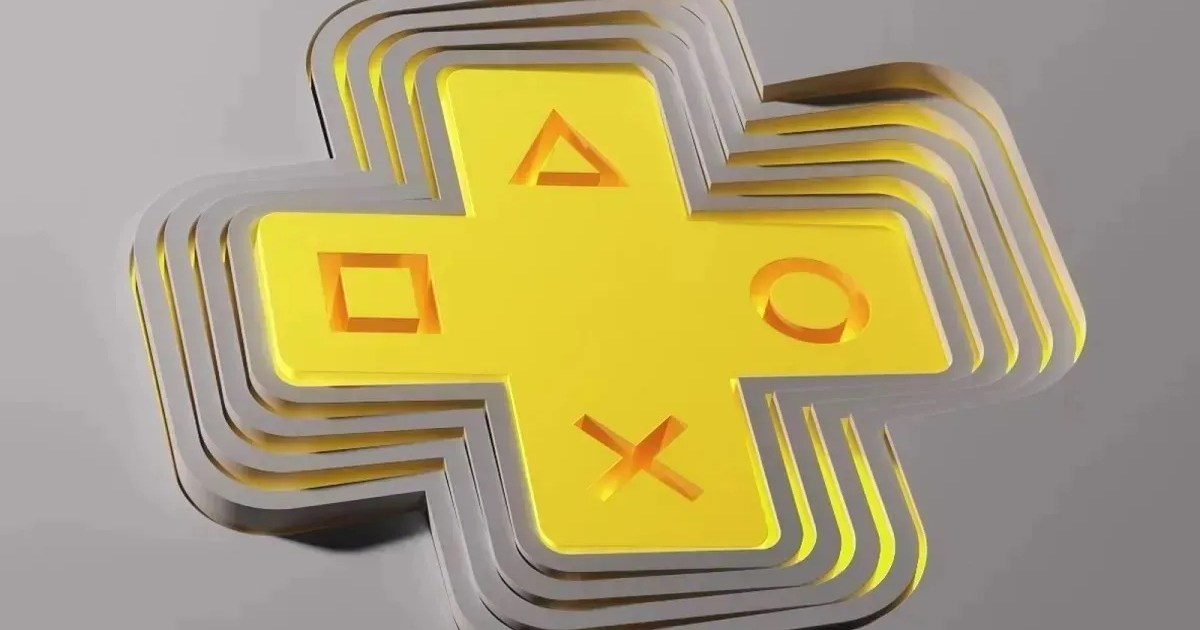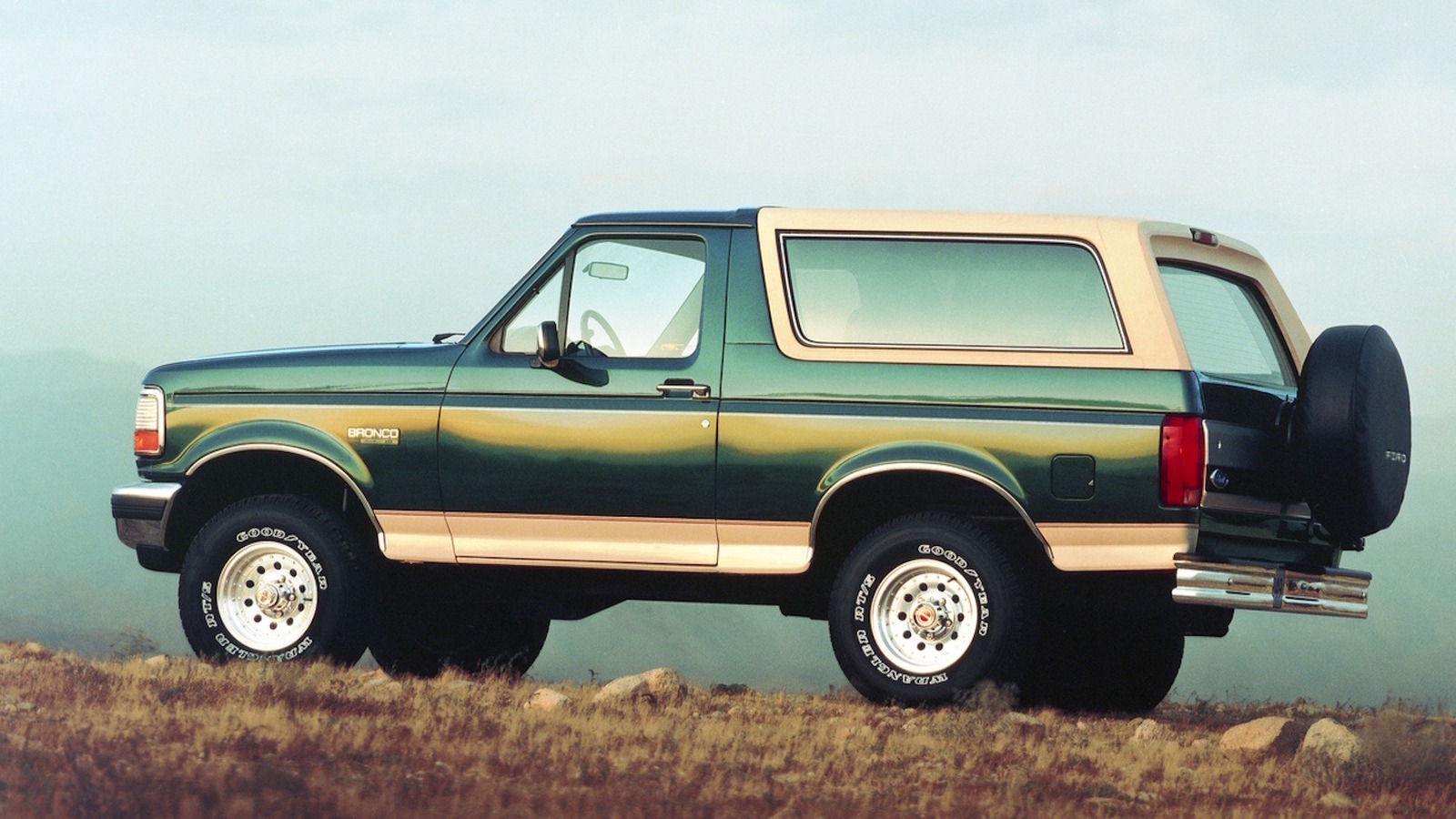5 Things to Know Before Replace Your Transmission with Used Transmission
A dying transmission can leave you in a problematic place, if not treated at the right time.
5 Things to Know Before Replace Your
Transmission with Used Transmission
Slipping gears, grinding noises, or not shifting, all are the signs of transmission trouble. A dying transmission can leave you in a problematic place, if not treated at the right time. Although the price of replacing a brand-new transmission can be daunting, many car owners turn to a cheaper option: used transmission replacement. But this method has significant things to consider. If you head in without doing your research, you could have more issues than answers.
Here are five key things to know before committing to a used transmission replacement—because saving money shouldn’t mean sacrificing peace of mind.
1. Transmission Code
Perhaps the most critical move prior to starting any transmission replacement with used transmission is ensuring that the unit you purchase is the right fit for your vehicle. Contrary to what many people believe, even identical make, model, and model year automobiles can have more than one transmission option. The variance may be due to differences in engine size, drivetrain (FWD, RWD, AWD), or regional requirements.
To prevent compatibility problems, find and confirm your vehicle's transmission code. The code can be found on the original transmission or by VIN (Vehicle Identification Number). By using this code, the user will be able to purchase a transmission that will fit and work with their current vehicle's, avoiding expensive installation or failed efforts to make the compatibility work.
2. Source of Used Transmission
Not all used transmissions are alike. Where you purchase it is important. Is the seller a qualified auto recycler, a certified remanufacturer, or just a junkyard? Find out where the donor transmission is from and if the seller has any service history or testing records.
A transmission from a flood-damaged or totaled car may appear to be in good condition on the surface but may have internal damage or wear. Customer should know about all the reasons that why the transmission they are about to buy was removed from its previous car, the vehicles history will make the judgment the unit quite easier.
It's also a good idea to ask if the transmission has been bench-tested or inspected prior to sale. Professional suppliers may do pressure or function tests to ensure the internal components are good and functional. This can give you additional confidence and guard against installing a faulty unit.
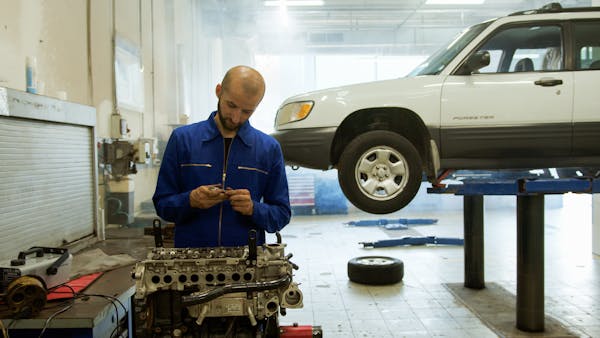
3. Transmission is Intact or Not
Another very common mistake that consumers make while performing a transmission replacement with used transmission is to assume that all the components and parts are included. Actually, there are some used transmissions that are sold as it is, and these do not include parts like torque converter, shift solenoids, speed sensors, or transmission control module (TCM). The vehicle from which the transmission is sourced will always have an entire part is not
These parts may need to be transferred from your old transmission or purchased separately—both of which add time and cost to your project. Create a list by yourself or tell the mechanic who is purchasing for you to do the same and know what parts of the transmission are included in the deal. Having all compatible components upfront can save time and prevent compatibility issues later on.
4. Warranty
A Used transmission should not mean unprotected, not if you’re buying it from a reliable seller. A key factor to check before buying a used transmission is the warranty and the return policy that is offered by the seller. Many reputable online stores like carengineguru.com usedegniepart.com offer warranty up to 2 years sometimes even longer for certified parts.
In case something goes wrong, you will be eligible for replacement or reimbursement, if the user knows about every factor involved in the warranty. Be careful of any dealer who is selling you "as-is" components with no return policy or warranty advantages. Though these deals may be cheap, they mean much greater risk.
Always get the warranty details in writing and read over any conditions—like getting the part put in by a factory-certified technician or using special forms of transmission.
5. Cost- Installation & Reprogramming as well
In planning your budget for a used transmission replacement, do not include just the cost of the unit. Account for the entire labor, parts, and after-installation setup cost. Used units may need fresh fluid, filters, mounts, seals, and even some other sensors. In most new vehicles, you will also need to have the transmission control module (TCM) programmed or reset to communicate with the replacement unit. Failing to do so may lead to shifting problems, codes, or total transmission failure.
Have a complete quote from a reputable mechanic prior to buying the transmission. A few extra dollars for the installation price may cover reprogramming and post-install diagnostics so that your car runs like it should on day one.
Final Takeaway
Going with a transmission replacement using used transmission can be an intelligent decision if done cautiously. It saves a tremendous amount of money compared to new, and when purchased correctly, a used unit can provide thousands of miles of trouble-free service. But as with any significant car decision, it requires diligence.
Begin by finding the precise transmission code and making sure it is perfectly compatible. Investigate the donor unit's history and buy only from reputable, known sellers. Find out what parts are included in your purchase, verify warranty coverage, and be ready for the total cost of installation—including reprogramming if required.
By following these five tips, you’ll increase your chances of a smooth and successful swap that brings your vehicle back to life—without breaking the bank. When approached with care, transmission replacement with used transmission is not just economical, but also a smart long-term investment in your car’s performance.




























































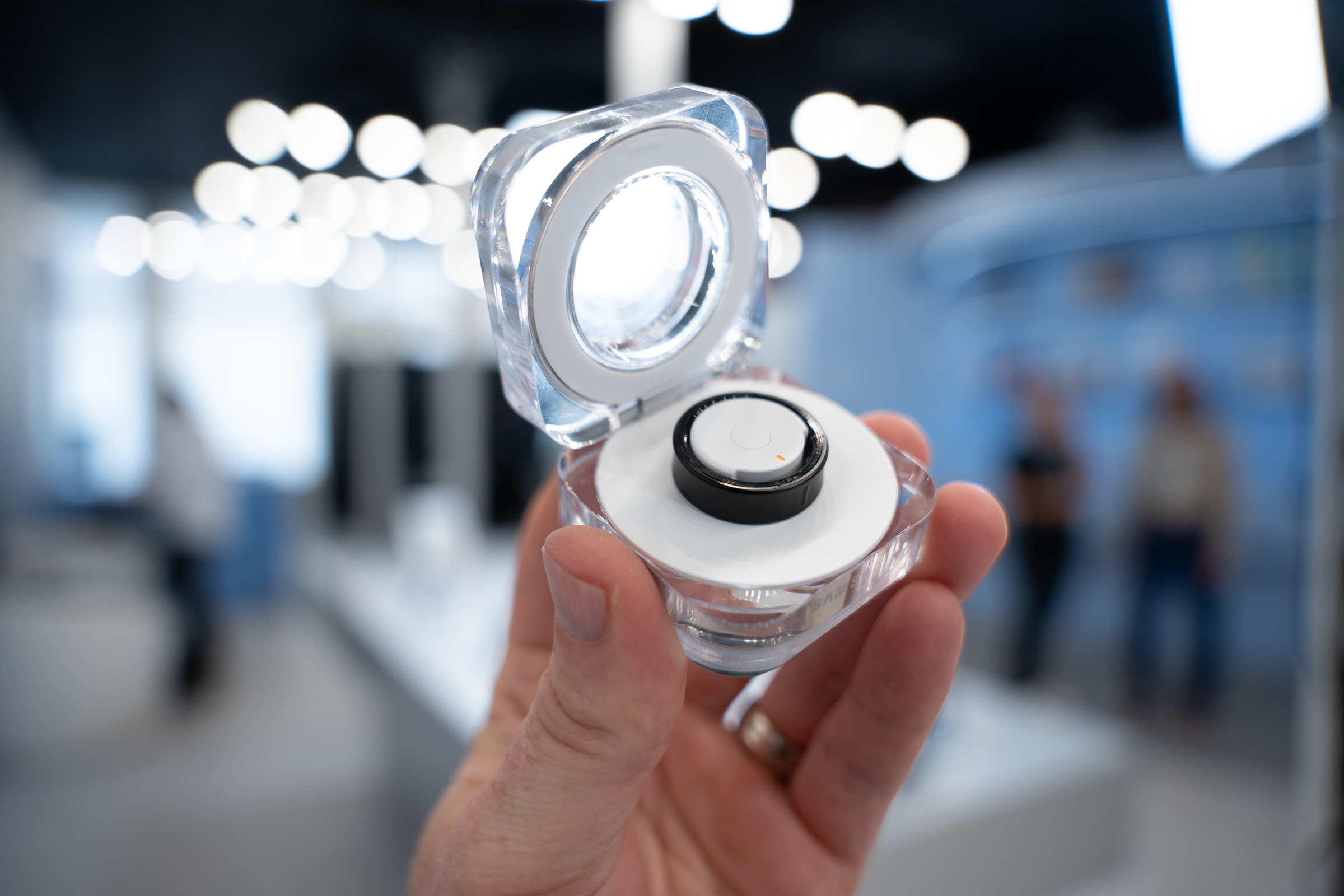














![Apple Planning Bezel-Free iPhone With 'Four-Sided Bending' Display [Report]](https://www.iclarified.com/images/news/97321/97321/97321-640.jpg)
![Apple's 20th Anniversary iPhone May Feature Bezel-Free Display, AI Memory, Silicon Anode Battery [Report]](https://www.iclarified.com/images/news/97323/97323/97323-640.jpg)
![Vision Pro May Soon Let You Scroll With Your Eyes [Report]](https://www.iclarified.com/images/news/97324/97324/97324-640.jpg)


















![Review: Sonnet MacCuff mini – a well-designed M4 Mac mini mount [Video]](https://i0.wp.com/9to5mac.com/wp-content/uploads/sites/6/2025/05/Sonnet-MacCuff-mini-2024-Mac-Review.jpg?resize=1200%2C628&quality=82&strip=all&ssl=1)






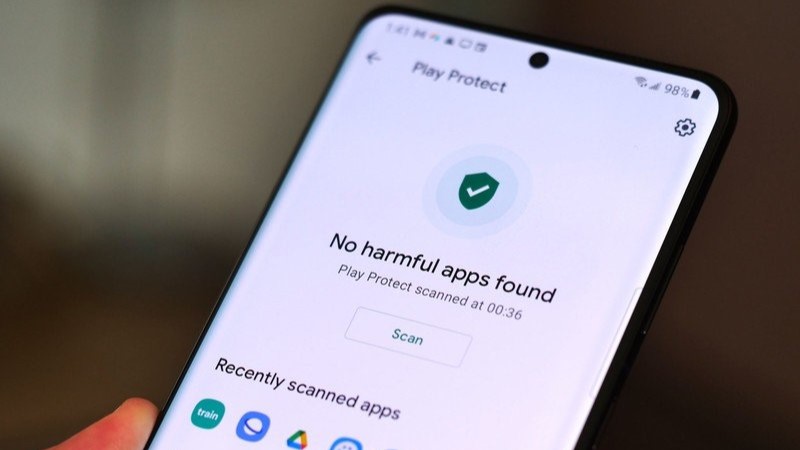

-xl.jpg)
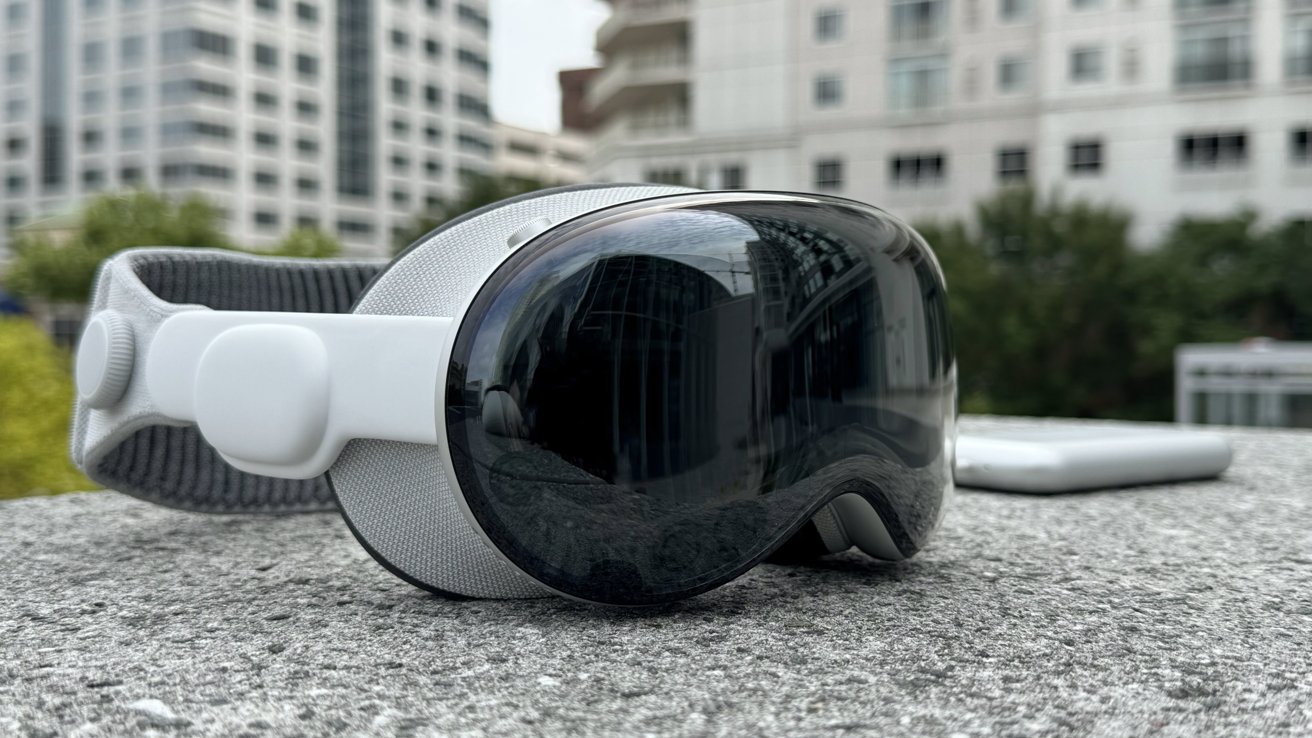




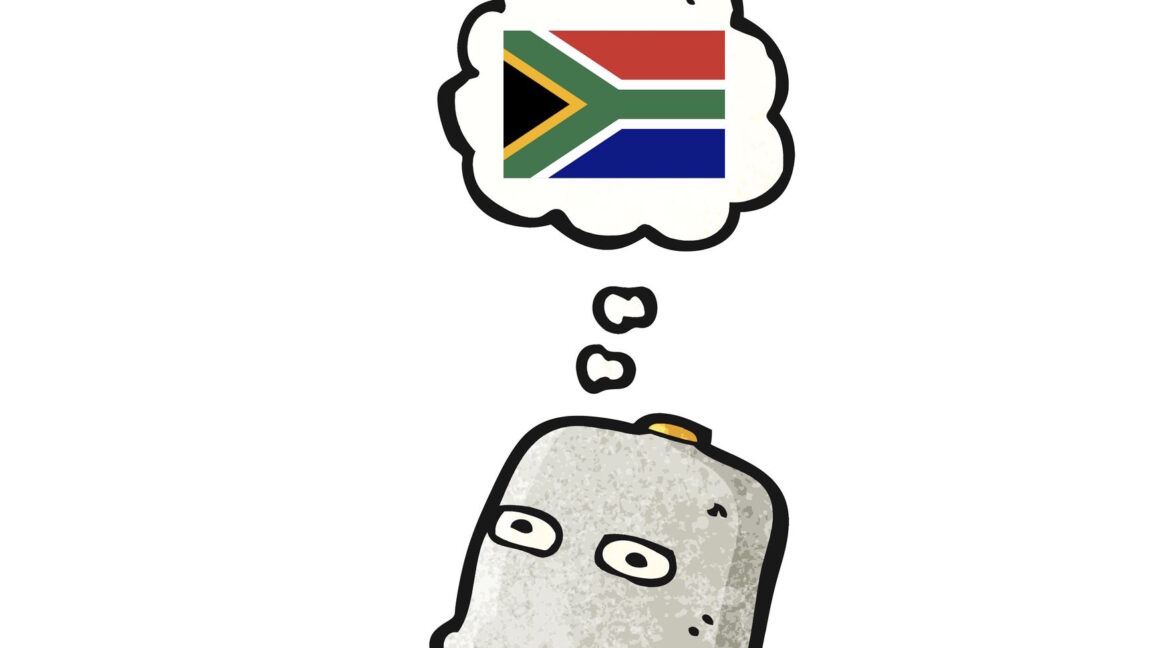





































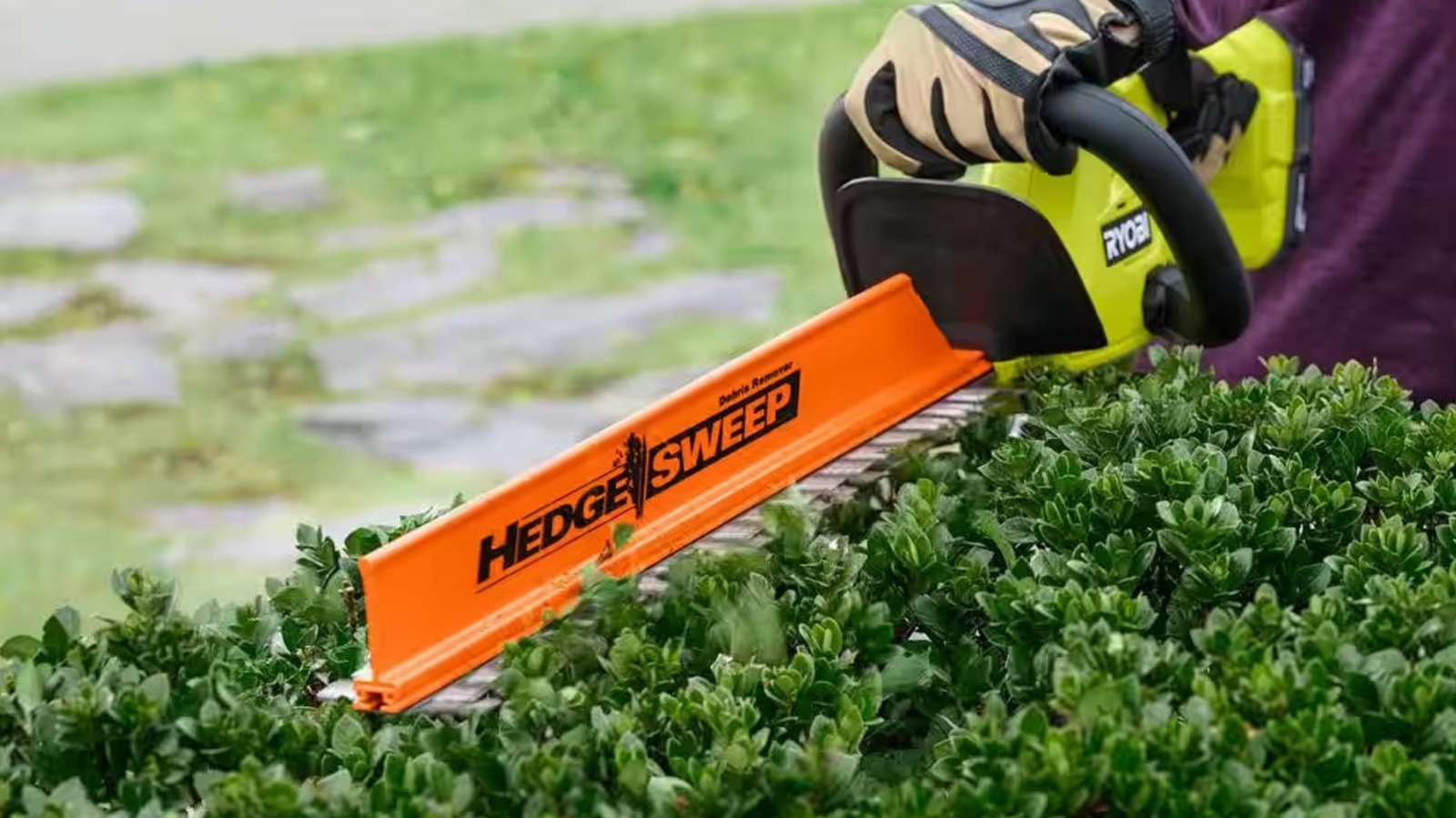







































_Gang_Liu_Alamy.jpg?width=1280&auto=webp&quality=80&disable=upscale#)





















































































































![[The AI Show Episode 147]: OpenAI Abandons For-Profit Plan, AI College Cheating Epidemic, Apple Says AI Will Replace Search Engines & HubSpot’s AI-First Scorecard](https://www.marketingaiinstitute.com/hubfs/ep%20147%20cover.png)
























![How to Enable Remote Access on Windows 10 [Allow RDP]](https://bigdataanalyticsnews.com/wp-content/uploads/2025/05/remote-access-windows.jpg)






















































































![[DEALS] The 2025 Ultimate GenAI Masterclass Bundle (87% off) & Other Deals Up To 98% Off – Offers End Soon!](https://www.javacodegeeks.com/wp-content/uploads/2012/12/jcg-logo.jpg)



















































































































